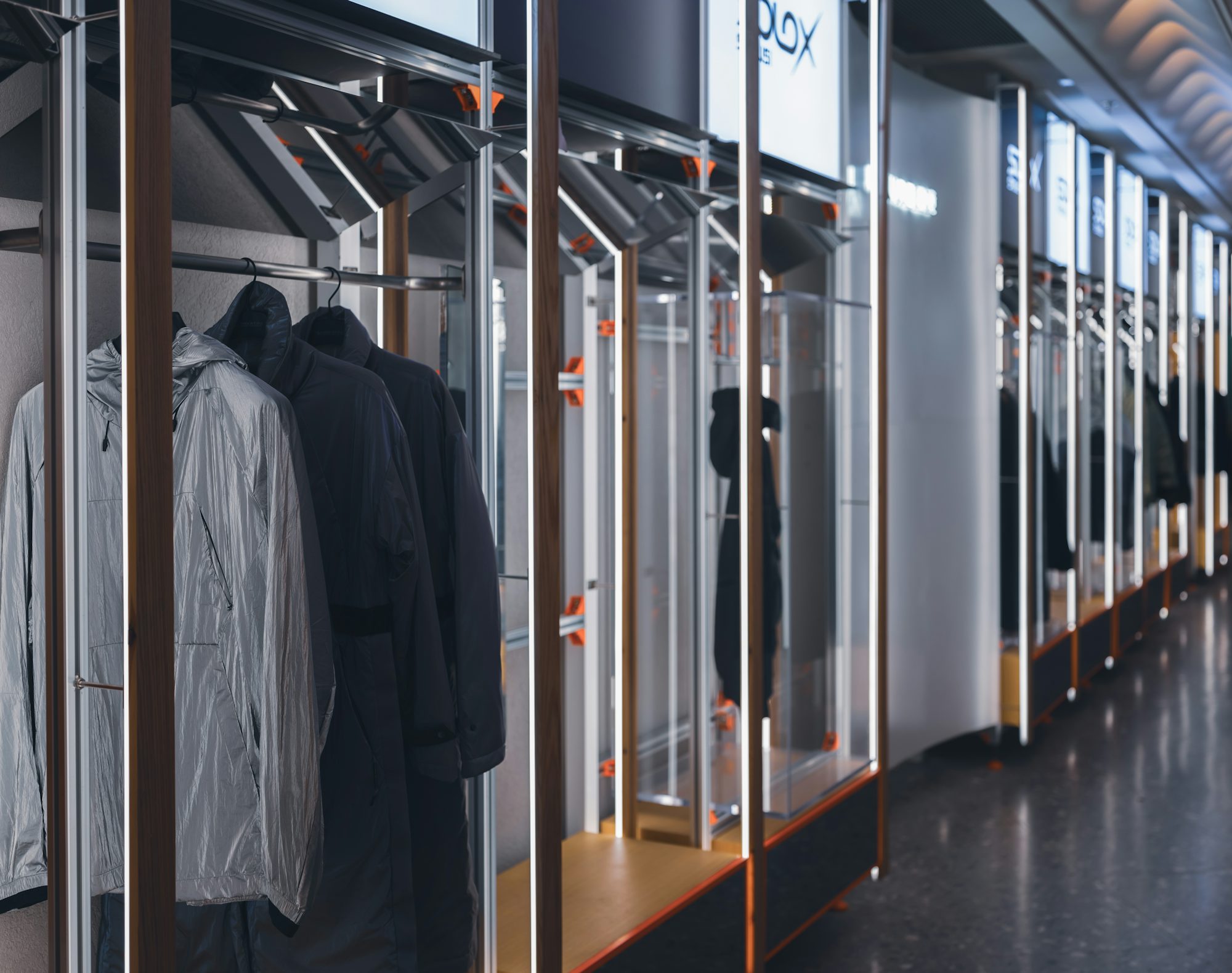One of the most notable trends in retail is the growing emphasis on e-commerce. With the rise of online shopping platforms, consumers are now accustomed to the convenience of purchasing products from the comfort of their homes. This shift has prompted traditional retailers to enhance their online presence, integrating seamless e-commerce solutions into their operations. As online shopping continues to grow, retailers must focus on providing user-friendly websites, efficient payment systems, and reliable delivery options to meet marine engineering the expectations of tech-savvy consumers.
Alongside the growth of e-commerce, the concept of omnichannel retailing has gained traction. This approach allows consumers to interact with a brand across multiple channels, whether online, in-store, or through mobile applications. Retailers are increasingly investing in technology to ensure a cohesive shopping experience, enabling customers to switch between platforms effortlessly. For example, a customer might browse products online, receive personalized recommendations via email, and complete their purchase in-store. By creating a seamless integration of channels, retailers can enhance customer satisfaction Shipbuilding and foster loyalty.
Another significant trend shaping the future of retail is the focus on personalization. Today's consumers expect tailored experiences that resonate with their preferences and needs. Retailers are harnessing data analytics and artificial intelligence to gather insights into consumer behavior, allowing them to create personalized marketing strategies and product recommendations. For instance, a fashion retailer might use past purchase data to suggest new items that align with a customer’s style, making the shopping experience more engaging and relevant.
Experiential retail is also becoming a key component of modern shopping. As consumers seek more than just transactional interactions, retailers are creating immersive experiences that engage all the senses. This trend includes hosting events, workshops, and interactive displays that invite customers to explore products in unique ways. For example, a beauty store might offer makeup tutorials or skincare consultations, allowing customers to try products firsthand. By creating memorable experiences, retailers can forge deeper connections with their audience and encourage repeat visits.
The integration of technology into the retail logistics experience cannot be overstated. Innovations such as augmented reality (AR) and virtual reality (VR) are revolutionizing how consumers shop. Retailers are employing AR to enable customers to visualize products in their own environments, such as seeing how a piece of furniture looks in their living room before making a purchase. This not only enhances the shopping experience but also helps customers make informed decisions, reducing the likelihood of returns. Similarly, VR can transport customers to virtual stores, allowing them to browse and interact with products in an engaging way.
Sustainability is another crucial trend shaping the retail landscape. As consumers become more environmentally conscious, many are seeking brands that prioritize sustainable practices. Retailers are responding by implementing eco-friendly initiatives, such as using sustainable materials, reducing waste, and promoting ethical sourcing. By aligning their practices with the values of today’s consumers, retailers can differentiate themselves and build trust within their communities. For instance, a clothing brand might highlight its use of recycled materials and ethical manufacturing processes, appealing to consumers who prioritize sustainability.
Social media has also emerged as a powerful tool for retailers in engaging with their audience. Platforms like Instagram, TikTok, and Pinterest allow brands to showcase their products in visually appealing ways, fostering a sense of community around their offerings. Influencer marketing has become increasingly popular, with brands collaborating with social media personalities to reach new audiences. By leveraging user-generated content and authentic storytelling, retailers can create a compelling brand narrative that resonates with consumers and drives engagement.
Moreover, the demand for convenience is reshaping how retailers operate. logistics Consumers are looking for quick and easy shopping experiences, prompting retailers to explore solutions like curbside pickup, same-day delivery, and contactless payment options. The ability to shop quickly and efficiently has become a significant factor in customer satisfaction, and retailers that prioritize convenience are more likely to attract and retain customers. For example, grocery stores offering online ordering and curbside pickup cater to busy consumers seeking to save time while still accessing their favorite products.
The role of brick-and-mortar stores is evolving as well, with many retailers reimagining their physical spaces to enhance customer experience. Rather than simply marine engineering serving as locations for transactions, stores are becoming experiential hubs where consumers can engage with brands on a deeper level. Retailers are investing in redesigning store layouts, creating inviting environments that encourage exploration and interaction. By transforming stores into destinations, retailers can draw customers in and create memorable experiences that extend beyond the shopping trip.
In summary, the Shipbuilding future of retail is being shaped by various trends, including the rise of e-commerce, the importance of personalization, experiential retail, technological integration, sustainability, and convenience. Retailers that embrace these trends and adapt their strategies accordingly will be well-positioned to succeed in an increasingly competitive landscape. By prioritizing customer experience and innovation, businesses can not only meet the evolving needs of consumers but also cultivate lasting relationships that drive loyalty and growth.
As the retail industry continues to evolve, staying attuned to emerging trends and consumer preferences will be essential for success. The integration of technology, a focus on sustainability, and the creation of memorable experiences will define the future of shopping, ensuring that retail remains a vibrant and dynamic sector.
